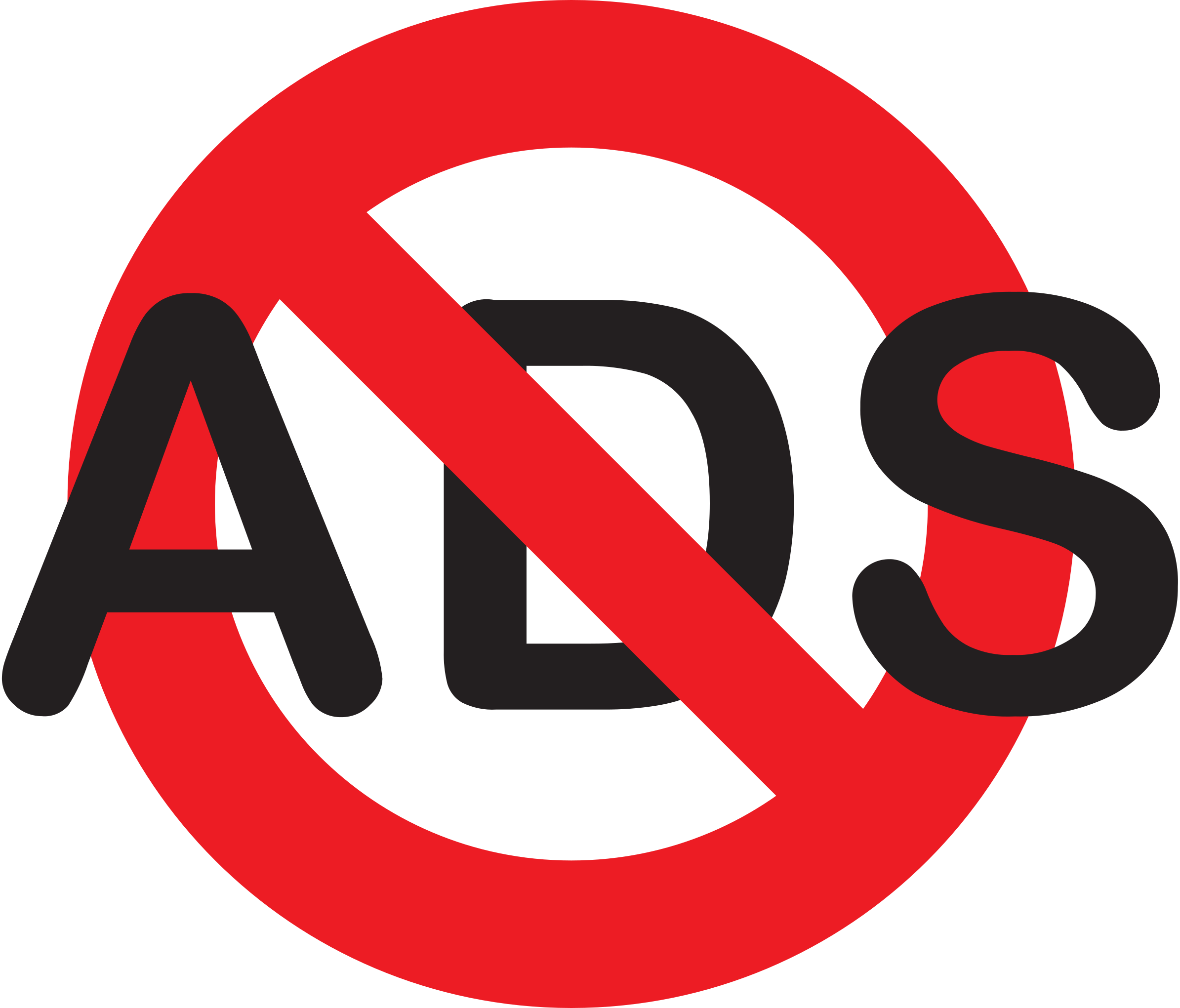What Is Zearn — the Math Platform the Gates Foundation Is Betting Big On?
During the pandemic, anxieties about math instruction have grown.
Fueling them is the most recent results from the National Assessment of Educational Progress (NAEP), which showed historical losses in math education. Falling behind in math can have long term consequences, since the subject can function as a gateway into STEM careers. And like so much during the pandemic, the losses were worse for some communities, with achievement gaps having widened during the pandemic. In response, some big bets are being placed to intervene. The biggest of those: In October, the Gates Foundation announced that it was plunking down $1.1 billion in the hopes of closing achievement gaps in K-12 math education.
The foundation has been putting money towards math education for some time, even winding down its language arts investments to do so. But this latest investment coincided with a new feeling of urgency after NAEP, according to Robert Hughes, director of the foundation’s K-12 education program in the U.S.
Math Curriculum
Part of the Gates Foundation’s big bet—nearly $4.4 million in committed dollars, to date—funds Zearn, a nonprofit that runs a K-8 digital math platform.
So, what is Zearn?
The nonprofit runs the learning platform Zearn Math, whose instruction stresses interactive features and feedback to students, according to the website. And its curriculum is used both as primary lessons and as what its leaders call “complementary” lessons, which emphasize visual models and real-life examples.
Those lessons are free for students and teachers, Zearn is quick to point out. Schools and districts pay for extra services like teacher training or printed versions of their digital lessons. The nonprofit’s curriculum is also part of statewide tutoring programs in Tennessee and Texas.
Several teachers in New York started the effort around a decade ago, and Zearn is now used by a quarter of elementary school students and more than a million middle school students around the country, according to sign-on figures tracked by the group.
As a result of its reach, Zearn holds one of the largest data sets on how children learn math, says Zearn CEO and cofounder Shalinee Sharma. So far, it’s collected data on millions of students and their solutions to more than 12 billion math problems on its platform, the company estimates.
To the Gates Foundation, Zearn is a “thoughtful” digital curriculum that allows A/B testing and informed analysis based on real-time data from teachers and students, says Hughes. “So often we’ve embraced the progressive technology vision of education that says you need to differentiate, you need to personalize,” Hughes says. “But for a teacher with 90 students in middle school or 140 students in high school, that’s very complicated to do without ongoing sources of information.”
Digital curriculum makes up one part of the transformation that Gates is looking to make in math education.
“As we start to look at digital curriculum, can we do more real-time testing of what works, for whom it works, why it works and for whom it doesn’t work—and then try to build that into the professional corpus of knowledge that teachers rely on,” Hughes says.
Math Wars
This isn’t the Gates Foundation’s first foray into remolding the American education system. And previous attempts by the foundation haven’t been all smooth sailing. For example: The foundation pushed Common Core, a politically controversial set of standards passed around the country, which altered the country’s education system without much democratic input.
Perhaps because of experiences like that, the foundation is trying to avoid controversy.
So it’s hoping as much as possible to stay out of the latest “math wars,” a set of debates about whether math instruction needs to be reformed to close achievement gaps. One such proposal is to bring data science into high school math curriculum while deemphasizing more-traditional math pathways. It’s an approach that’s embraced by the revised California Math Framework, a guide for teaching math in the state.
The Gates Foundation doesn’t want to get too specific about what curriculum it thinks districts should include, and when. “We’re agnostic at this point on whether [certain math courses should be taken in] eighth grade or ninth grade. We think it’s got to be appropriate for the individual students, always against the background of high expectations,” Hughes says. That doesn’t mean it’s disinterested in the surrounding issues: “But we’re also interested in math pathways. We believe that it’s critical for some kids to be exposed to calculus. And we should probably expand the pipeline of young people who take calculus in high school.”
It’s an approach that some observers, like Barbara Oakley, a professor of engineering at Oakland University, applaud. “I think the Gates Foundation is wise to try to chart a middle course through all of this because it doesn’t help to alienate anyone—even if they may be misguided in their approaches,” Oakley says.
Oakley has hardly been neutral in the math wars, though. She believes that reformed math teaching is prevalent across the country, and that many recent reforms have set back students by discouraging habitual practicing like drilling times tables, which she argues denies students fluency with numbers. Part of this, she also argues, might be because K-12 educators in the U.S. are too insular, with math educators not as connected to math professionals as in other countries.
Zearn also sees itself as outside the math wars’ core issues. “I think what we want to be focusing on is—whatever year kids are doing algebra—that they are successful, that it makes sense, that they don’t feel that algebra is useless, or that algebra is torture, or the kinds of things that people might say.” She adds, “I have sixth-grade twin boys, and I wouldn’t want them to make choices in high school that then closed doors to them that they were passionate about in college.”
Ultimately, Zearn’s leaders say, questions about the route students take in their math education are up to their local education leaders. But Sharma thinks more data, of the kind her platform captures, will give more insight into the unanswered questions around the math wars. (Questions like how much we actually even know about teaching math.)
The transformation Zearn is striving for is a large cultural change in student attitude, hoping to move toward a new normal where math isn’t perceived as uniquely scary.
Sharma says that parents and teachers seem to accidentally push kids away from math in a way that they don’t push them away from reading. “We could create a culture around mathematics where mistakes are magic because mistakes are definitely how you learn. It’s how you learn everything, but it’s certainly how you learn mathematics,” Sharma says, adding, “We believe all kids are math kids.”







